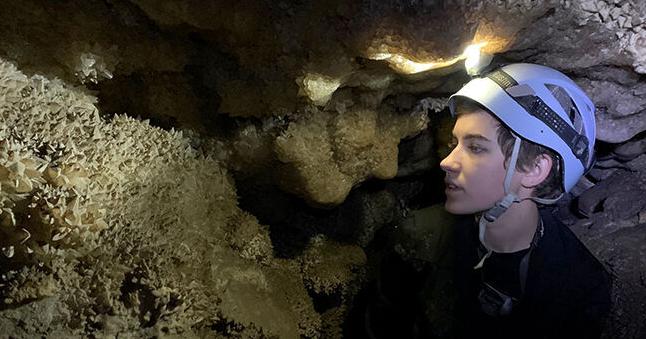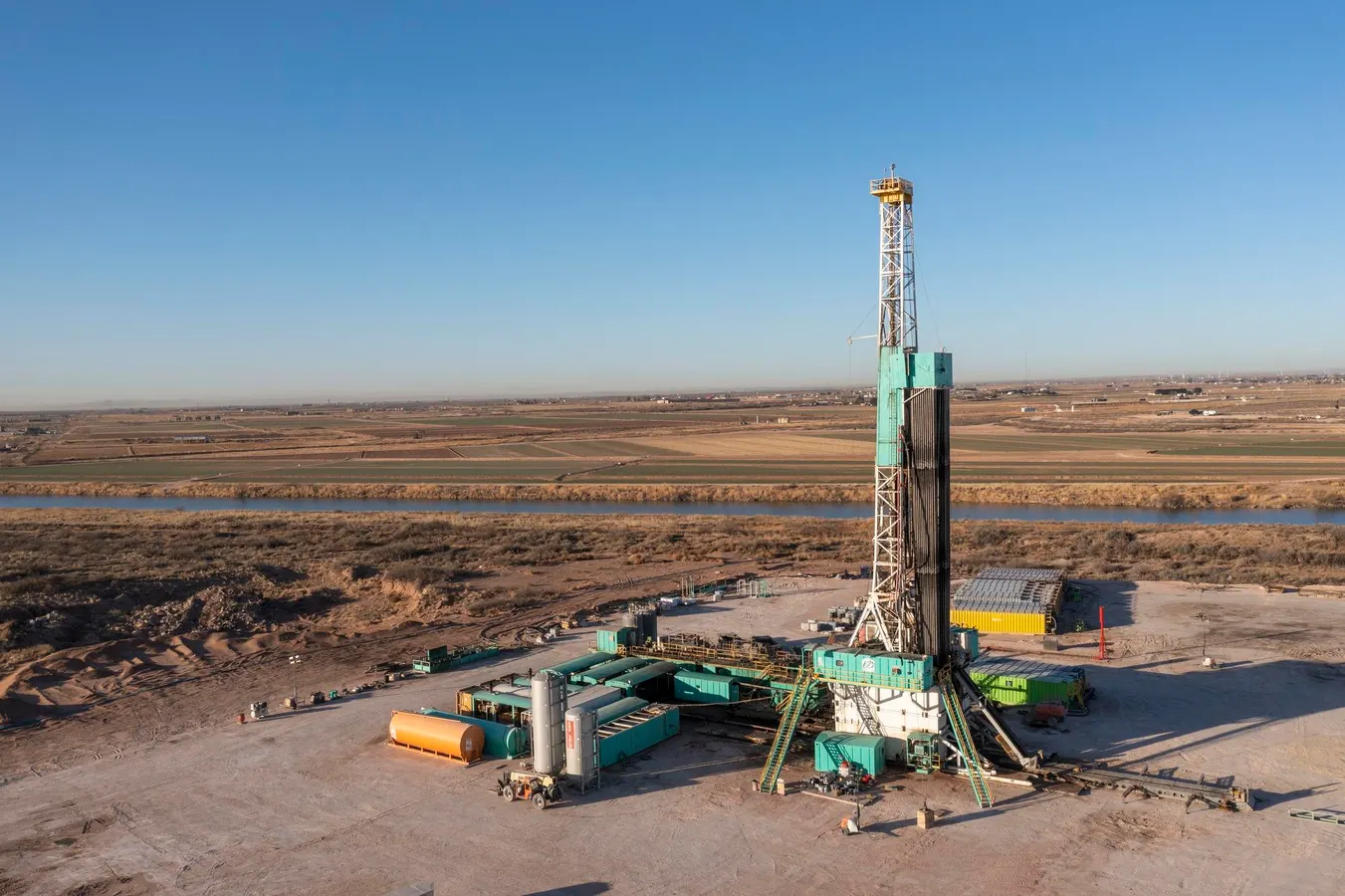
Access to one of Montana’s largest caves used by bats for winter hibernation could be reopened to explorers under proposals drafted by the Bureau of Land Management.
As proposed, the agency would allow up to four trips a month led by “trusted” guides into Mystery Cave, although not between Oct. 15 and May 31, when the cave would be closed to all recreation.
The cave has around 1,650 feet of passage, ranges to 94 feet in depth and is one of the larger caves that have been found in Montana, according to Bryce Maxwell, program coordinator for the Montana Natural Heritage Program.
“It has several large rooms and a number of very delicate speleothem features (stalagmites, stalactites, flowstone, cave popcorn, and calcite crystals) in portions of the cave that can easily be damaged with human traffic,” he noted in an email.
The public has until Sept. 29 to comment on the BLM’s Cave and Karst Management Plan for the Billings Field Office, along with its associated environmental assessment.
“The plan outlines strategies for managing and protecting cave and karst resources on BLM-managed lands in south-central Montana,” according to a BLM news release. “It includes proposed actions to enhance public safety, protect sensitive cave ecosystems and ensure responsible recreational access.”
Plan rich with information
A good introduction to the area’s caves, most of which are located in the Pryor Mountains south of Billings, is contained in the BLM’s management plan, drafted in 2024.
Most of the caves found in the island mountain range, just north of the Wyoming border, were formed in Madison limestone deposited more than 300 million years ago when shallow inland seas covered the region.
Speleogenesis, or the formation of caves, occurred millions of years later as the Pryor Mountains were uplifted by geological forces allowing sediment deposited atop the limestone to erode.
“Most known modern cave passages appear to be associated with joints and fractures created by Laramide (Orogeny) uplift and folding,” the plan stated.
Between 2017 and 2023, the Pryor Mountain Cave Inventory Project was conducted to identify new caves in the area, although some areas were not surveyed due to their remoteness or logistical challenges in reaching them.
Pryors are riddled with caves
As of 2023, more than 300 larger caves formed in limestone or by acidic water have been documented on BLM and Custer Gallatin National Forest land in the Pryors, the plan noted.
Of these, only some are classified as “significant caves,” ones defined as meeting federal criteria for their important features such as their geology, cultural or recreational characteristics. In the Pryors, this includes Mystery Cave because of the large number of bats that use it for hibernation.
Listen now and subscribe: Apple Podcasts | Google Podcasts | Spotify | RSS Feed | Montana Untamed
Out of 15 species of bats that inhabit Montana, 13 are believed to live in the Pryor Mountains.
Bushy-tailed woodrats and black bears also use the mountain caves. Packrat middens, piles of plants and animals they have stored, have been used by scientists to investigate climate conditions since the end of the last ice age.
Spiders, crickets and moths also use the caves, including what may be a unique species of harvestman spiders, also known as daddy long legs.
Recreational access
Although once open to recreational caving, access to Mystery Cave was limited in 2009 in an attempt to protect it from the spread of white nose syndrome, an infection that has spread across the United States killing millions of bats.
Then in 2023, the BLM halted all visitation, except to the Montana Natural Heritage Program for monitoring purposes, after white nose syndrome infected the cave causing “substantial bat mortality.”
In addition to important sanctuaries for bats, the caves also contain unique mineral formations like stalactites and stalagmites, called speleothems, as well as distinctive rock formations, called speleogens. These include such creatively named features as dog tooth spar, cave pearls and moonmilk.
Tyuyamunite, a very rare uranium and vanadium mineral, is also found in some of the Pryor Mountain caves.
Several caves contain fossilized animals or ancient sea creatures and corals “visible in surface outcrops and in the walls and ceilings,” according to the BLM plan. “Many pits and sinkholes have acted as ‘natural traps,’ with animals falling in over thousands of years, leaving well preserved remains in the sheltered and stable environment of the caves.”
Native Americans have used the caves beginning 11,000 to 14,000 years ago, sometimes for shelter but also as spiritual sites.
“The Crow Tribe considers caves to be the abode of Beings referred to as the Little People and are places that should be treated with considerable care,” the BLM noted.
Prospectors dug shafts across the mountain range during the Cold War in search of uranium to fuel nuclear reactors and missiles.
Scientific research
The BLM’s management plan is geared to “emphasize providing opportunities for scientific research, educational study, and recreational experiences which are compatible and consistent with protection of all biologic and non-biologic resources associated with caves and karst landforms.”
This would include the development of a management plan for Mystery Cave, as well as the protection of cave entrances from surface disturbances, although some could be opened to mineral development.
Detailed documents outlining the BLM’s proposals can be found online, along with a form to provide comments.
To read all of the documents or to comment, log on to https://eplanning.blm.gov/eplanning-ui/project/2035550/510. Comments may also be submitted by mail to: BLM Billings Field Office, 5001 Southgate Drive, Billings, MT 59101
For more information contact the Billings Field Office at 406-896-5223.
Love
0
Funny
0
Wow
0
Sad
0
Angry
0
Be the first to know
Get local news delivered to your inbox!
* I understand and agree that registration on or use of this site constitutes agreement to its user agreement and privacy policy.
Brett French
Outdoor Editor
Get email notifications on {{subject}} daily!
Your notification has been saved.
There was a problem saving your notification.
{{description}}
Email notifications are only sent once a day, and only if there are new matching items.
Followed notifications
Please log in to use this feature
Log In
Don’t have an account? Sign Up Today



